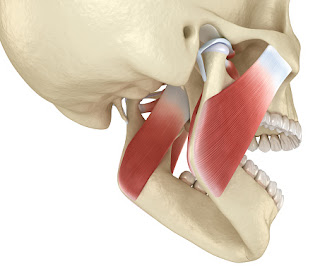Common Exercises and Medicines for Sciatica Pain
Sciatic nerve pain can be so excruciating and debilitating that you don’t even want to get off the couch. Common causes of sciatica can include a ruptured disk, a narrowing of the spine canal, and injury. Sciatica pain can occur for a variety of reasons, identifying what doesn’t move is the first step toward solving the problem. Often, the most problematic body parts are the lower back and hips. The best way to alleviate most sciatica pain is to do any stretch that can externally rotate the hip to provide sciatica pain relief.
The symptoms of sciatica can vary from a mild ache to excruciating pain that radiates along the pathway of your sciatic nerve, which runs from your lower back down past your hips and into each leg. These symptoms can include numbness, tingling sensations, or muscle weakness that travels down the back of your thigh and into your calf or foot. It’s often worse with coughing or sneezing. Typically, people affected with sciatica will experience symptoms on only one side of the body. Although the pain may be severe, sciatica can most often be relieved through physical therapy, chiropractic and massage treatments, improvements in strength and flexibility, and the application of heat and ice packs.
Here are the common exercises that do just that:
reclining pigeon pose
sitting pigeon pose
forward pigeon pose
knee to opposite shoulder
sitting spinal stretch
standing hamstring stretch
Alternative therapies. Many people believe that alternative therapies like yoga, massage, biofeedback, and acupuncture help with sciatica.
Medicines. Your first option should be over-the-counter pain relievers. Acetaminophen and NSAIDs (nonsteroidal anti-inflammatory drugs) like aspirin, ibuprofen, and naproxen are very helpful, but you shouldn’t use them for extended periods without talking to your doctor. If the over-the-counter options don’t help, your doctor might prescribe stronger muscle relaxants or anti-inflammatories. Tricyclic antidepressants such as amitriptyline and anti-seizure medications sometimes work, too. Steroid injections directly into the irritated nerve can also provide you with limited relief.
There are many factors that can leave you susceptible to sciatica, which affects both athletes and those who are less active. People who lead a sedentary lifestyle are more likely to develop sciatica than active people. However, endurance athletes are also prone to experiencing sciatica from overworked and stiff muscles. Age is also a significant factor, as those between the ages of 30 and 60 often experience age-related degeneration in their spine, including herniated disks, bone spurs, and joint dysfunction in the hips. Obesity and diabetes are other common contributors.




Comments
Post a Comment